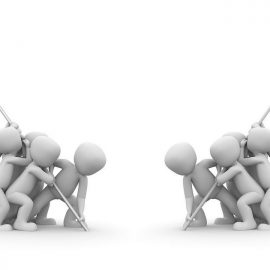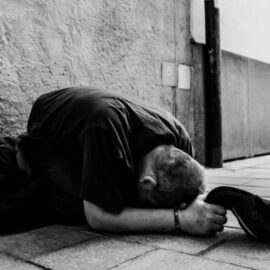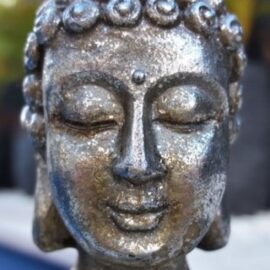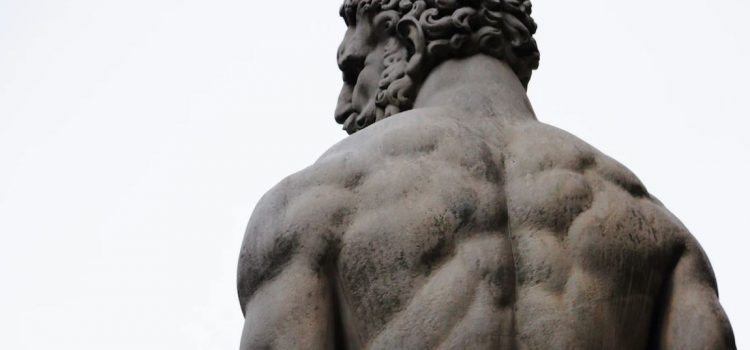
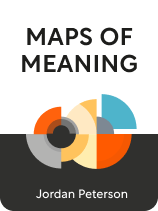
This article is an excerpt from the Shortform book guide to "Maps of Meaning" by Jordan Peterson. Shortform has the world's best summaries and analyses of books you should be reading.
Like this article? Sign up for a free trial here.
What is the Hero archetype in mythology? What does it tell us about human behavior?
Jordan Peterson contends that the human capacity for learning, discovery, and exploration is embodied as the mythical Son—the Hero of the story. Like all mythical archetypes, however, the Son has a dark side.
Continue reading to learn about these two aspects of the Son in myth.
The Hero Archetype
What is the Hero archetype? Often portrayed as descended from the gods, the Son becomes the Hero of the story, venturing into the unknown and returning with new knowledge. However, the Hero has an evil twin who acts as the Rival and villain of the tale.
The mental process that the Hero represents is the same that we go through when we find the unexpected. Peterson claims that the Son’s heroic aspect is a poetic abstraction of how we make sense of and give meaning to the world. In myth, the Hero leaves the safety of home, confronts the threatening outside world, and grows as a result of his hardships. Of all the various personas in myth, it is the Son’s heroic aspect that is meant to serve as a model for human behavior.
(Shortform note: Peterson’s presentation of the Hero, as well as that of many other writers, is almost universally masculine in nature. Yet how can a distinctly male prototype serve as a model for all human experience? In The Heroine With 1001 Faces, folklore scholar Maria Tatar brings to light the stories of women in mythology. Tatar suggests that the Heroine of myth takes a different path than the Hero, one that emphasizes communication over conquest as a route to overcoming evil and injustice.)
The inverse of the Hero is the Rival, who is defined by his refusal to accept the need for growth. The Rival, much like the Tyrant, seeks to deny anything that isn’t in his worldview. The ultimate mythic depiction of the Rival is the Devil, whom Peterson describes as a literal anti-Christ—originally favored among God’s creations, but who rejected the divine to satisfy his sense of pride. As the Hero’s polar opposite, the Rival embodies lies instead of truth and stagnation instead of growth.
(Shortform note: The Rival does more than serve as a foil for the Hero—he exists to show how the Hero could go wrong if he loses his moral center. In My Story Can Beat Up Your Story, screenwriter Jeffrey Alan Schechter explains that the best villains are just like the Hero, except that they act without moral constraint. For instance, in 1995’s GoldenEye, James Bond’s Rival is a fellow British agent who’s turned his spycraft against his own country. In 2022’s The Batman, the Riddler sees himself as following the Hero’s example, but without regard for innocent lives. The Rival is more than an enemy—he’s a warning against the Hero’s own potential for evil.)

———End of Preview———
Like what you just read? Read the rest of the world's best book summary and analysis of Jordan Peterson's "Maps of Meaning" at Shortform.
Here's what you'll find in our full Maps of Meaning summary:
- Why myths are vital to how humans confront and make sense of a chaotic world
- How to apply the lessons of myth to live a more well-rounded life
- How the findings of neuroscience are echoed in the structure of our most ancient tales



